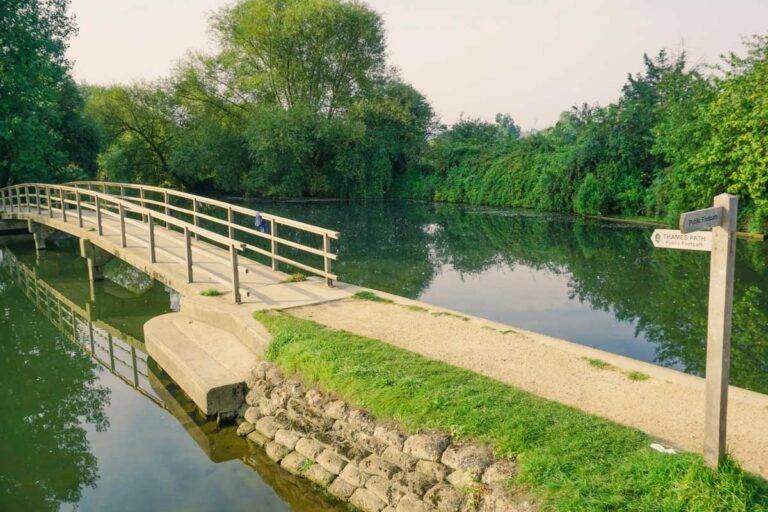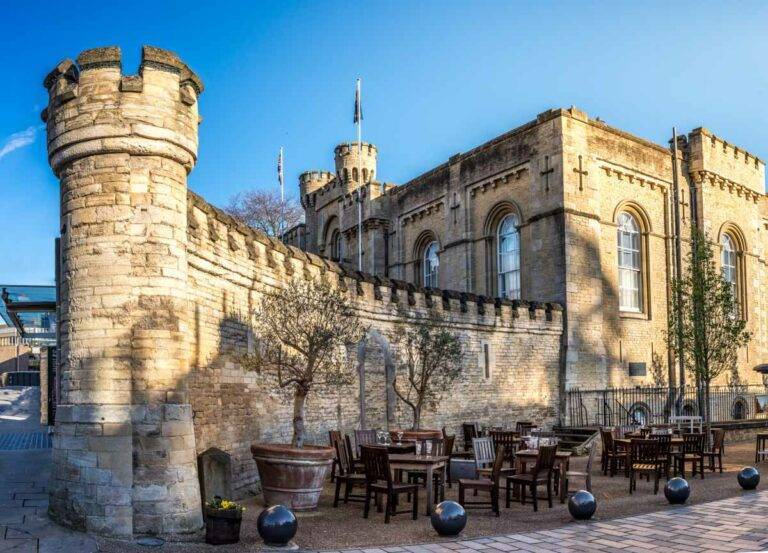Time to Discover: The Oxford Botanic Gardens
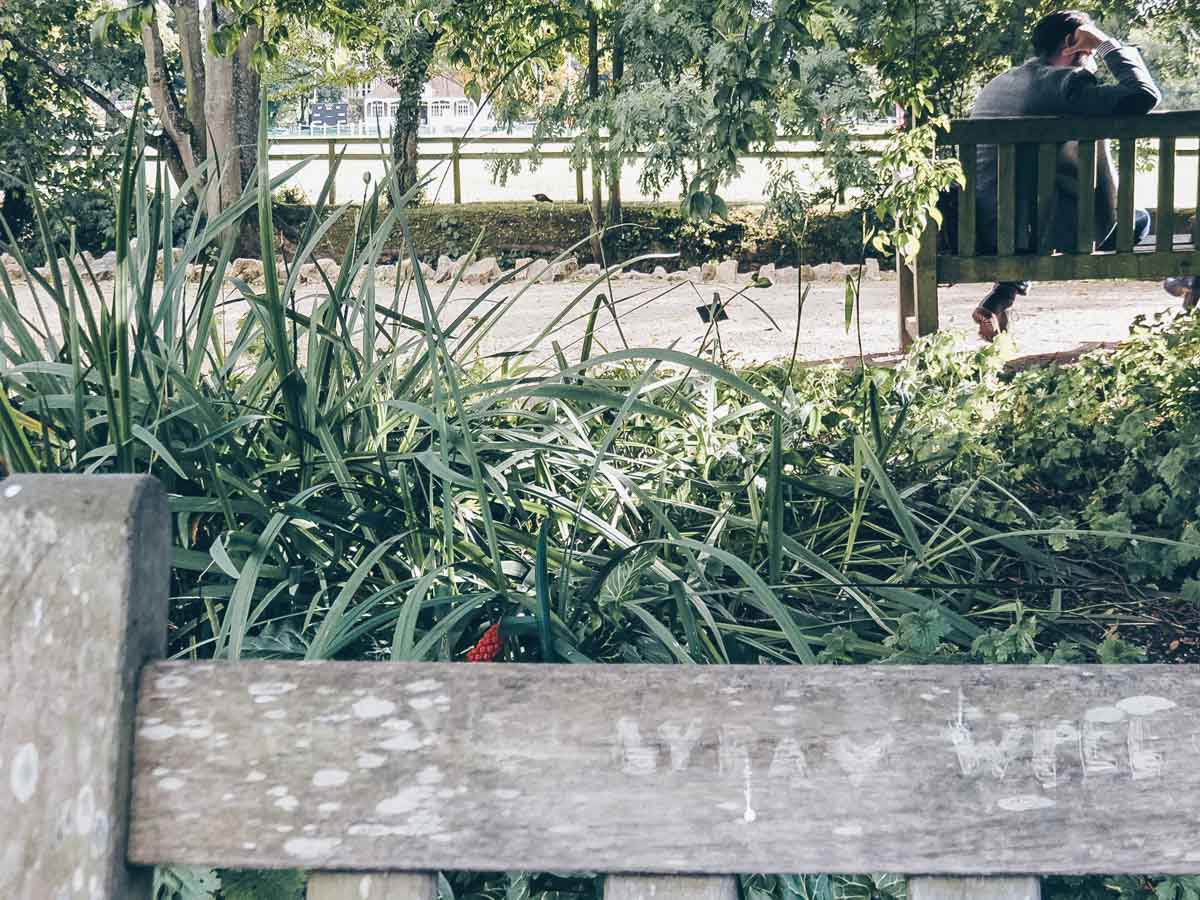
Insider Oxford is supported by readers like you. If you buy something through the links on the website, I may earn a small commission. Cheers! Learn More
Often outshined by the likes of Kew and Cambridge, Oxford Botanic Gardens are easily one of the prettiest botanic gardens in the UK. Not convinced? Go and see for yourself!
Nestled next to Magdalen Bridge on the River Cherwell, these gardens offer the perfect escape from the busy city centre, allowing you to spend an afternoon getting lost in the beauty of nature.
They say don’t judge a book by its cover, but these gardens are so beautiful that you might just have to. Buckle up – I’m about to take you on a virtual journey, and tell you why you should visit the Oxford Botanic Gardens asap.
Why Visit the Oxford Botanic Gardens?
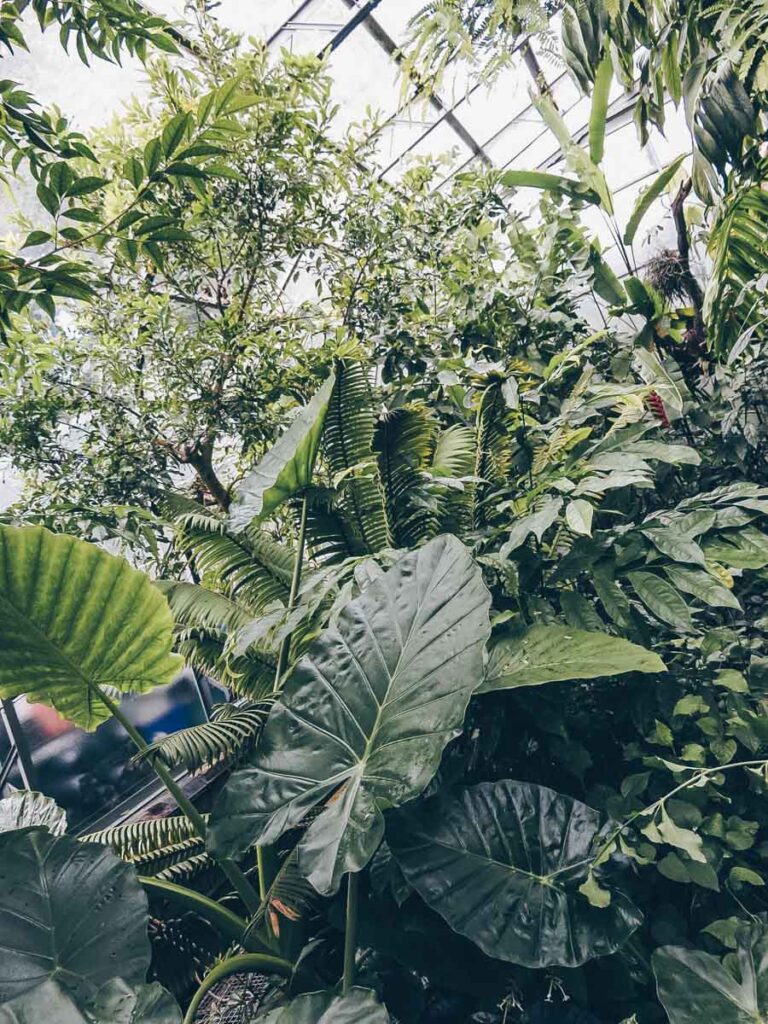
With over 400 years of history, the Oxford Botanic Gardens are the oldest in the world. And this year is pretty special, as July 2021 marks the 400th anniversary of the garden, as well as four centuries of botany in Oxford. So, there’s really no better time to take a trip to the Oxford Botanic Gardens!
Kid-Friendly
Coming with kids? There’s plenty to do here, with a Woodland Trail through The Walled Gardens and you can even borrow an explorer backpack for the day, which is filled with fun activities for the whole family to get involved with.

Oxford Botanic Garden Literary Trails
Book lovers will also appreciate the Literary Trails that weave through the garden – these gardens have inspired the likes of Philip Pullman and C.S Lewis and you’ll be able to spot plenty of easter eggs dotted around.
Perfect Picnic Spot
Whilst there’s no cafe onsite, you’re more than welcome (in fact, I strongly encourage you) to bring a picnic and plenty of snacks for the day – a great idea if you’re hoping to fully explore the garden and arboretum, as you’ll likely need a pit stop halfway through. Although, if you can’t be bothered to carry a bag, Oxford has plenty of great places to eat.
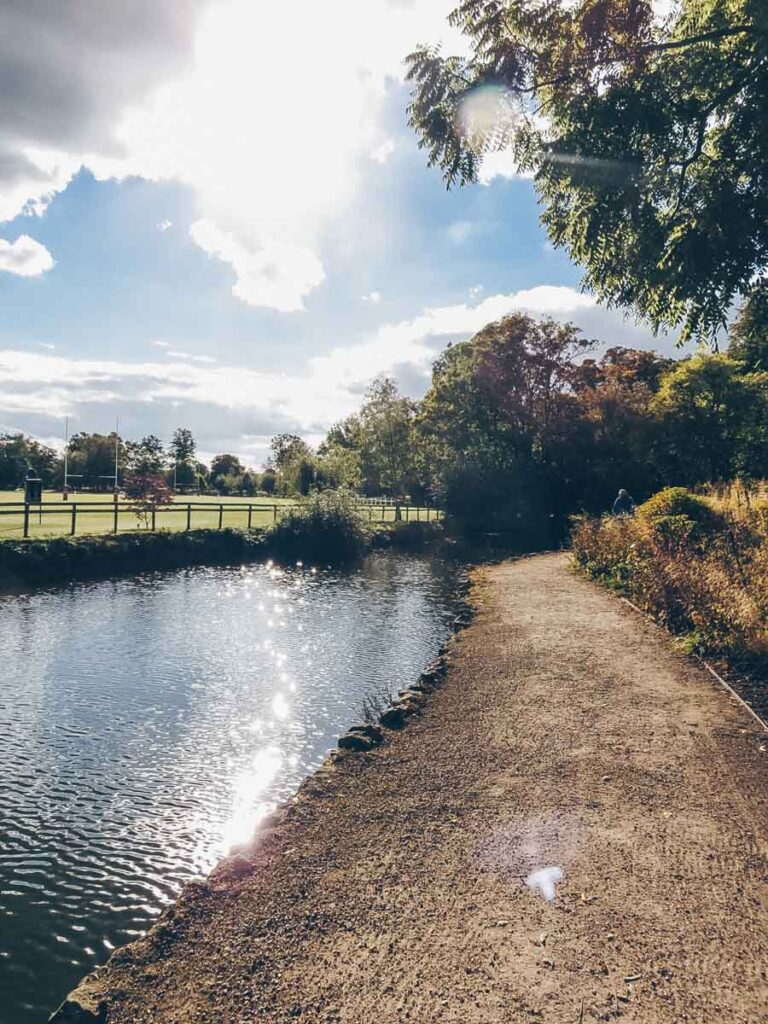
Take a tour of the Oxford Botanic Gardens
Fancy a tour? If exploring the gardens on your own sounds a bit too daunting, take a guided tour through the gardens and the nearby arboretum, and get insider knowledge on everything botanical. At just £10 per person, this is a great way to learn more about the garden and the plant species, as well as the important figures who have helped to shape the garden into what they are today.
And Learn About their Important Role
The Oxford Botanic Gardens are not only pretty to look at and fun to explore, but they actually play a really important role in the conservation of flora – something that is particularly important right now, when two in five species are at risk of becoming extinct. Because of this, many of the species found in the garden at Oxford can’t be found anywhere else in the world. The botanists also work globally to conserve plant species from biodiversity hotspots, including the Mediterranean Basin, Ethiopia, and areas of Japan.
Visit an Exhibition
Make sure to keep your eyes peeled for some interesting exhibitions that pop up throughout the year. Because of pesky covid, they haven’t got any currently, but past exhibitions have included 3D flower drawings, meditation in the gardens, and an exciting twilight tour.
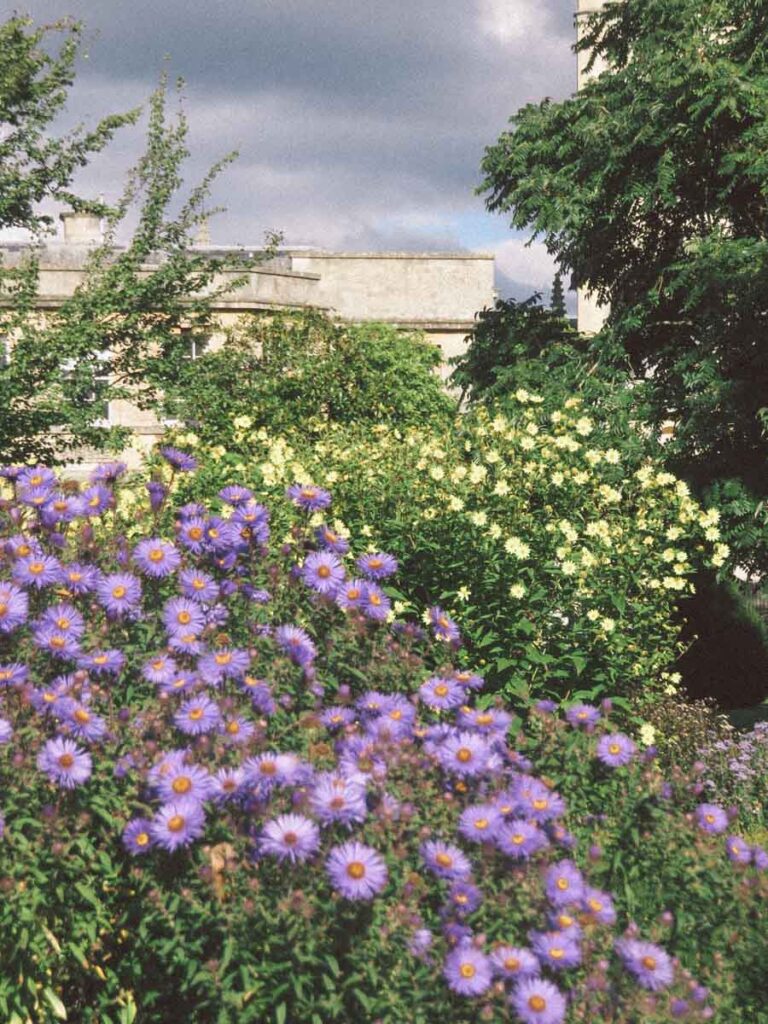
Highlights of the Oxford Botanical Gardens?
Whilst the thought of a British garden might not spark too much joy in you, there’s plenty to explore in this carefully landscaped garden. The garden is actually split into two areas: The Walled Garden and The Lower Garden, which makes it a lot easier to explore (although, if you’re anything like me, you’ll still get lost).
The Oxford Botanic Garden Glasshouses
One of the main features of the Oxford Botanical Gardens is the glasshouses – think, your grandad’s greenhouse, but way cooler. The first greenhouse was built over 300 years ago in order to cultivate delicate and exotic plants like citruses, during the harsh winter months. Interestingly enough, the garden is still home to some of these exciting plants today, along with many, many more.
Within the 7 glasshouses, the gardens have created different climates, which allows a variety of plants to grow. It’s also a mini-tour around the world for you, as you go from tropical jungle to the chillier alpine regions.
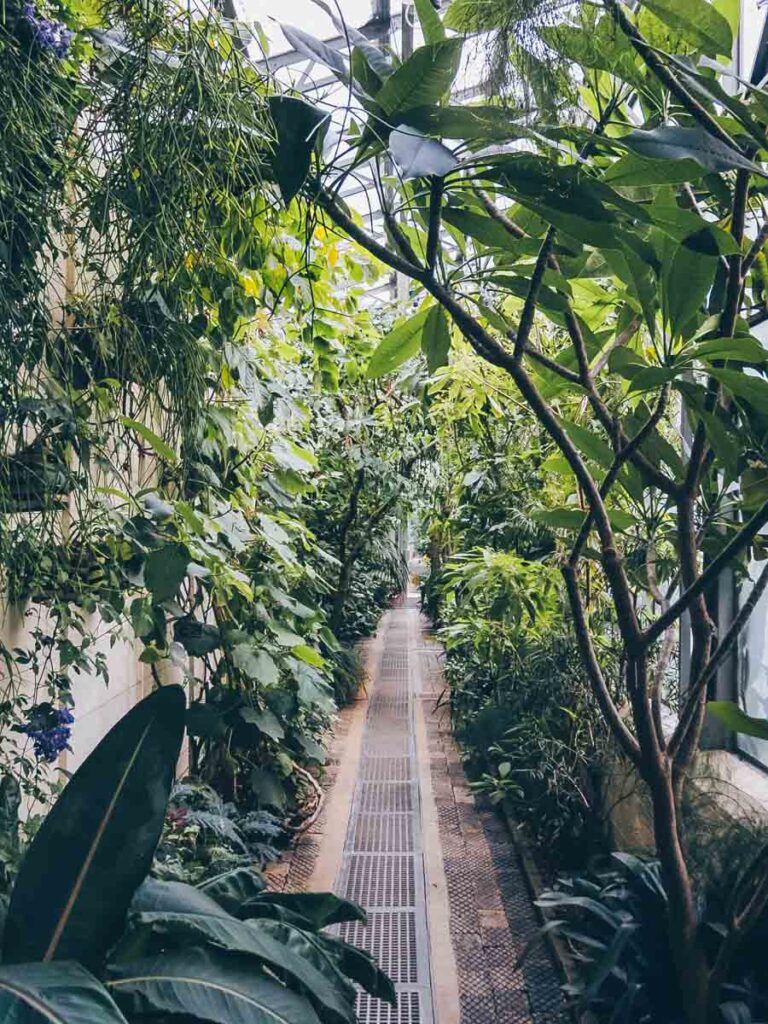
Herbarium
The Oxford University Herbarium room is a globally-recognised resource of around one million dried plants, first founded in the 17th century – pretty impressive right?
The Herbarium has had a couple of homes over the last few centuries, before moving to its current location on South Parks Road. The room has recently had itself a fancy makeover, and now connects the garden with the Department of Plant Sciences and the Herbaria.
Inside the Herbarium, there’s some interesting prints on the walls – these were actually reproduced from the Hortus Elthamensis book, which was published in 1732 and talks about some of the exotic plants that were cultivated by wealthy apothecaries throughout the 18th century.
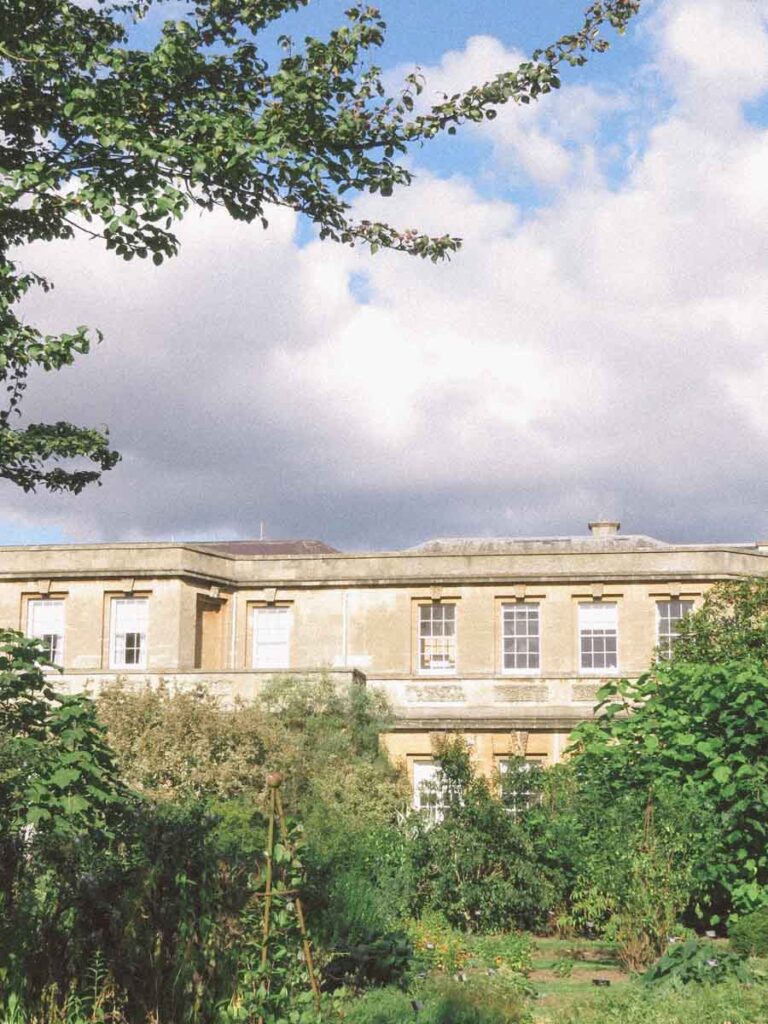
So, we already know that these gardens have inspired some of the UK’s most famous literary figures, but did you know that there are little nods to popular literature throughout the botanic garden?
The Literary Garden
Head over to the aptly named Literary Garden and you’ll be greeted by some rather magical trees that wouldn’t feel too out of place in a Lewis Caroll novel. If you look closely, you might just be able to spot the cunning grin of the Cheshire Cat beaming back at you through the leaves. Tip: he can be a little bit difficult to spot, but you’ll find him chilling on a branch above your head!
Will & Lyra’s Bench
Fan of Philip Pullman’s His Dark Materials? If you make your way to the Lower Garden, by the Water Garden, you’ll be able to spot Will and Lyra’s bench, as well as a sculpture of a very familiar Dæmon just behind – and Pullman’s own raven dæmon is watching over, too.

The Oxford Arboretum
If you haven’t had enough of plants yet, you also have the opportunity to visit the Oxford Botanic Gardens’ nearby arboretum (it’s a pretty 10 minute drive away).
What’s the difference between an arboretum and a botanic garden, I hear you ask? The answer: Not much. Arboretums tend to be more specialised, filled with trees and shrubs, whereas botanical gardens focus on all things plant species.
The history of the arboretum at Oxford Botanic Gardens is almost as long as the gardens themselves. In 1835, Archbishop Vernon Harcourt commissioned William Gilpin, a renowned landscape artist, to design an 8-acre pinetum and Serpentine Ride near to Nuneham House, where the Harcourts lived.
Since then, the University of Oxford have purchased the arboretum and grown it to over 130 acres – which, by my maths, is around 98 football pitches (no biggie).
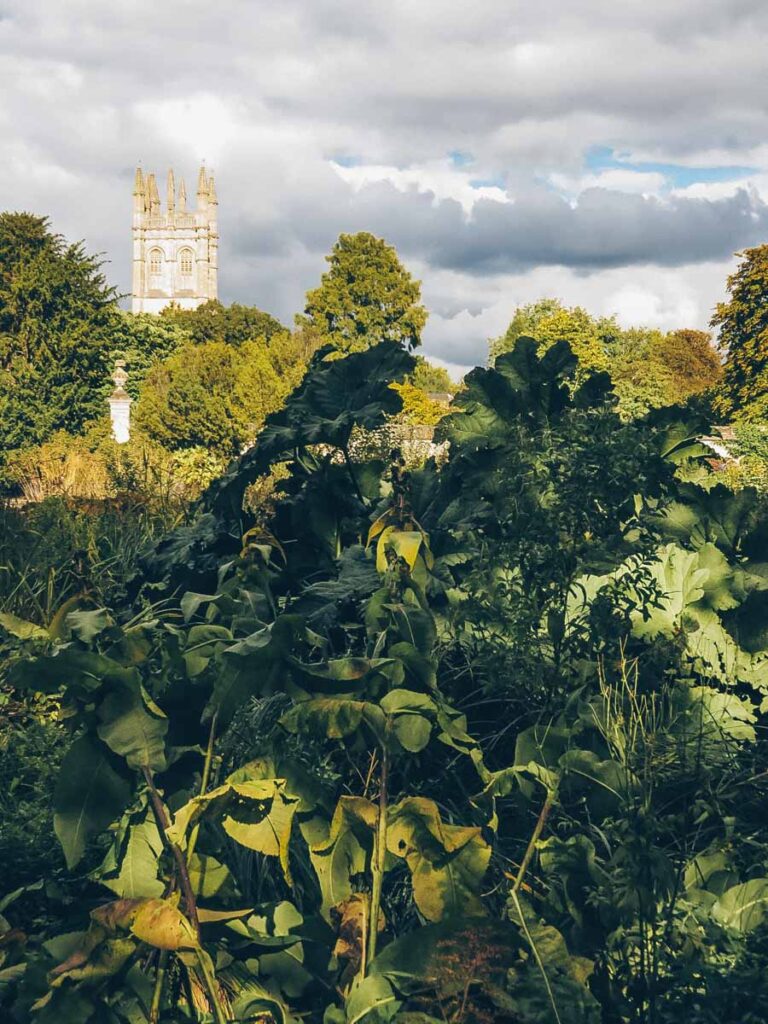
The Botanic Garden obtained the arboretum in 1963, intending it to be used to preserve North American Conifers, as well as using their soil to grow trees that the Botanic Garden couldn’t.
Head over in springtime, and you’ll find charming bluebell woods and wildflower meadows have bloomed at the arboretum.
History of Oxford’s Botanic Gardens
Officially belonging to the University of Oxford, the botanic gardens have a long history as the oldest botanic garden in the UK, and one of the oldest scientific gardens in the world.
The gardens were founded in 1621 by Sir Henry Danvers, who first created a physic garden with a large collection of medicinal plants for his research – this actually formed the basis of most of the botanical gardens that you can find throughout the world today.
The iconic Danby Gate was installed at the entrance to the garden in 1632 – this in itself is pretty impressive. If you glance up to the top of the arch, you’ll see the bust of Sir Henry Danvers, still watching over the guests to the gardens.
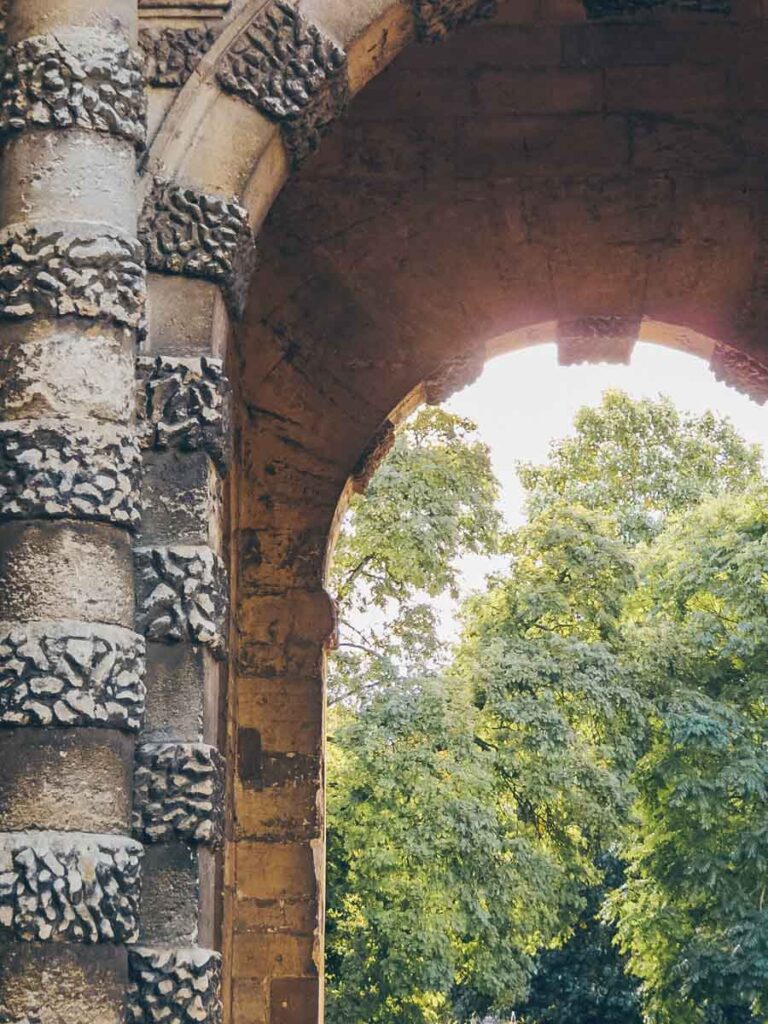
Today, the garden is home to over 5,000 different plant species over the 4-and-a-half acre plot – and don’t panic, whether you’re clued up or clueless about plants, you’ll be able to appreciate the beauty of Oxford Botanical Gardens.
Oxford Botanic Gardens: Practical Information and Map
Before you visit the garden, you’ll need to book a timeslot. Tickets cost £5.45 for adults (kids go free!) and you can book your tickets here. For the arboretum, you can book here.
Botanic Garden Address: Rose Ln, Oxford, OX1 4AZ
Opening Hours: 10 am-5 pm every day
Oxford Botanic Garden Parking: Whilst there isn’t any onsite parking, there are plenty of car parks nearby, with St. Clements being the nearest. If you are just visiting the arboretum, there is free onsite parking.
If you’re coming by train, Oxford train station is a pretty 20-minute walk through the heart of Oxford away.


